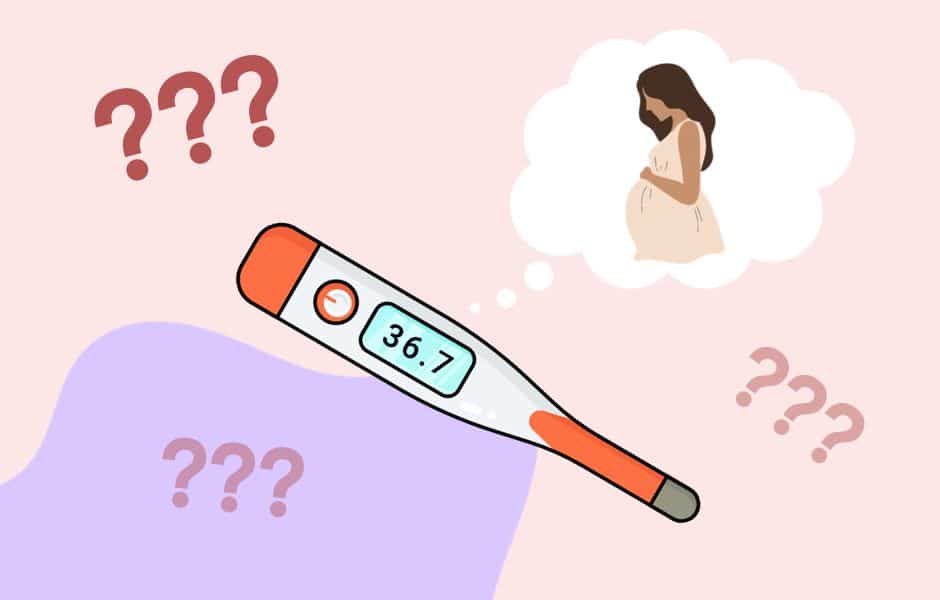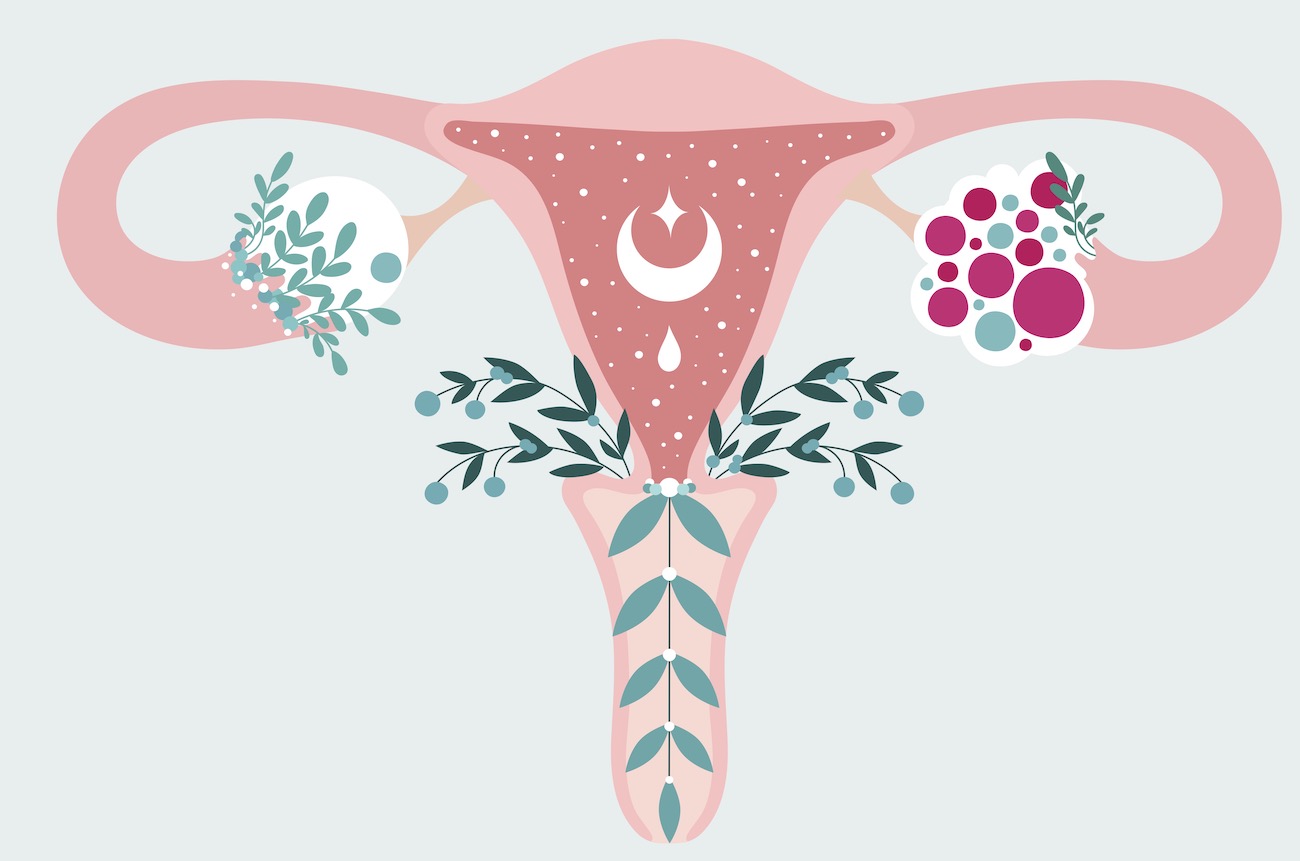I fell for the trap. Several years ago when I embarked on trying to conceive our first child and back when I knew very little about fertility, I thought basal body temperature tracking would demystify fertility tracking. But, sadly, I fell for a marketing gimmick because basal body temperature (BBT) tracking fails to show the fertile window and instead shows you that ovulation has happened after the fact. After a several-month journey of using and learning about BBT, I share my somewhat frustrating thoughts of the journey and how I’ve moved on from this.
Basal body temperature (BBT) tracking has been used for several decades, primarily by women seeking to determine when they are no longer fertile for trying to avoid practices. Used as part of various fertility awareness-based methods, basal body temperature tracking entails waking around the same time each morning and taking the temperature before stirring, getting up, etc. Currently, there are various “smart” basal body temperature tracking devices: some worn on the arm, wrist, finger, used vaginally, or taken orally. These smart trackers use an algorithm to determine the most likely true basal body temperature from being worn continuously overnight.
Limitations of Basal Body Temperature Tracking
So, why are basal body temperature tracking devices marketed towards women who are trying to conceive? In short, it is one popular metric used in the fertility world. This metric is helpful for determining if ovulation has occurred, which sadly, is not very useful for knowing when to time intercourse or insemination. It can, however, be very helpful
While there is not consistent change in temperature when the fertile window opens, progesterone rises with the main event of the cycle: ovulation. As a result of the egg rupturing through the follicle, progesterone subsequently begins to surge. This rise causes an upward shift in the basal body temperature. When the user detects a shift of at least .2 degrees F for 3 consecutive days above the previous 6 temperatures, ovulation can be confirmed.
As someone with very little knowledge about fertility and even cycles who got suckered into basal body temperature tracking, I found myself struggling to understand when I would have the lightbulb moment and gain deep insights from my temperature charts. Cycle after cycle I would seek a unique pattern before my temperature rise that would give me an indication that I was fertile, but sadly that never happened. Instead, it ignited a passion in me to do a deep dive into understanding fertility and cycles. This eventually fueled me to shift careers and specialize in the fertility world. I’m thankful for BBT tracking for this motivation, but unfortunately, this method did not lead to my first conception.
While basal body temperature tracking is useful for signifying the closure of the fertile window, basal body temperature cannot help identify the fertile days. Knowing when to try during the cycle can be especially challenging when relying on basal body temperature tracking since the temperature rise occurs after ovulation. There are typically 5 days before this rise where the user could be optimally timing efforts but if relying on basal body temperatures, there is no feedback from their tracking method that it is time to try. If the user relies on a “smart” temperature tracker, this tracker will provide a fertile window prediction, however, this is not based on any updated daily information and instead based on their cycle lengths and when they experienced their temperature rise in previous cycles. As a result, the user may completely miss their fertile window and not know it until they see the temperature rise, especially if their cycles vary in length.
In addition to these significant drawbacks, basal body temperature tracking is highly subject to imperfections in measurement due to several factors such as disrupted sleep, environmental conditions (blankets, air temperature, change in environment, etc.), alcohol consumption, and illness. These factors can cause falsely elevated temperatures that can make the user believe they have ovulated when in fact they have not. I found that my inconsistent waking times had the most significant impact on skewing my temperatures. I also found my sleep generally disturbed as I would wake several times a night wondering if it was time to take my temperature.
Our Final Thoughts
Basal body temperature tracking is most useful for confirming ovulation after the fact. However, if you are trying to conceive, you should consider using a device that is capable of showing you the full fertile window in order to increase your chances of pregnancy. BBT ended up being a very frustrating experience for me as I could not determine when to have intercourse when trying to conceive and this “guessing” left me feeling low. Feeling confident you have timed your efforts properly throughout your fertile window is very important. Having to guess when you are fertile with basal body temperature tracking can cause added stress and result in cycles where the fertile window is missed entirely and therefore pregnancy will not result. Don’t fret if you already track your basal body temperature. This data point is great in addition to a tracker that will show you your true fertile days!
Our Favorite:
Finding the right fertility tracking routine can take some thought. Before you decide on any method ask yourself 4 important questions:
- Will this fertility tracker show me, in real time, my full fertile days?
- Will this tracker use some form of real-time data to do so?
- Can I use this tracker in just moments each day?
- Is there a recurrent cost to use my fertility tracker?
While I didn’t end up on kegg right away, eventually out of frustration I landed on kegg and it is the clear winner. kegg tracks your changes in cervical fluid to help ensure you are optimally targeting the fertile days regardless of whether your cycles are regular or irregular. kegg only takes a few moments each day and does not require first-morning use. I found that using kegg was a peaceful experience: my sleep was no longer disrupted, I looked forward to my data point instead of feeling a sense of dread and confusion, and most importantly, I got pregnant quickly! Only two months in and I saw my positive pregnancy test.

Sources:
https://ncbi.nlm.nih.gov/books/NBK546686/




